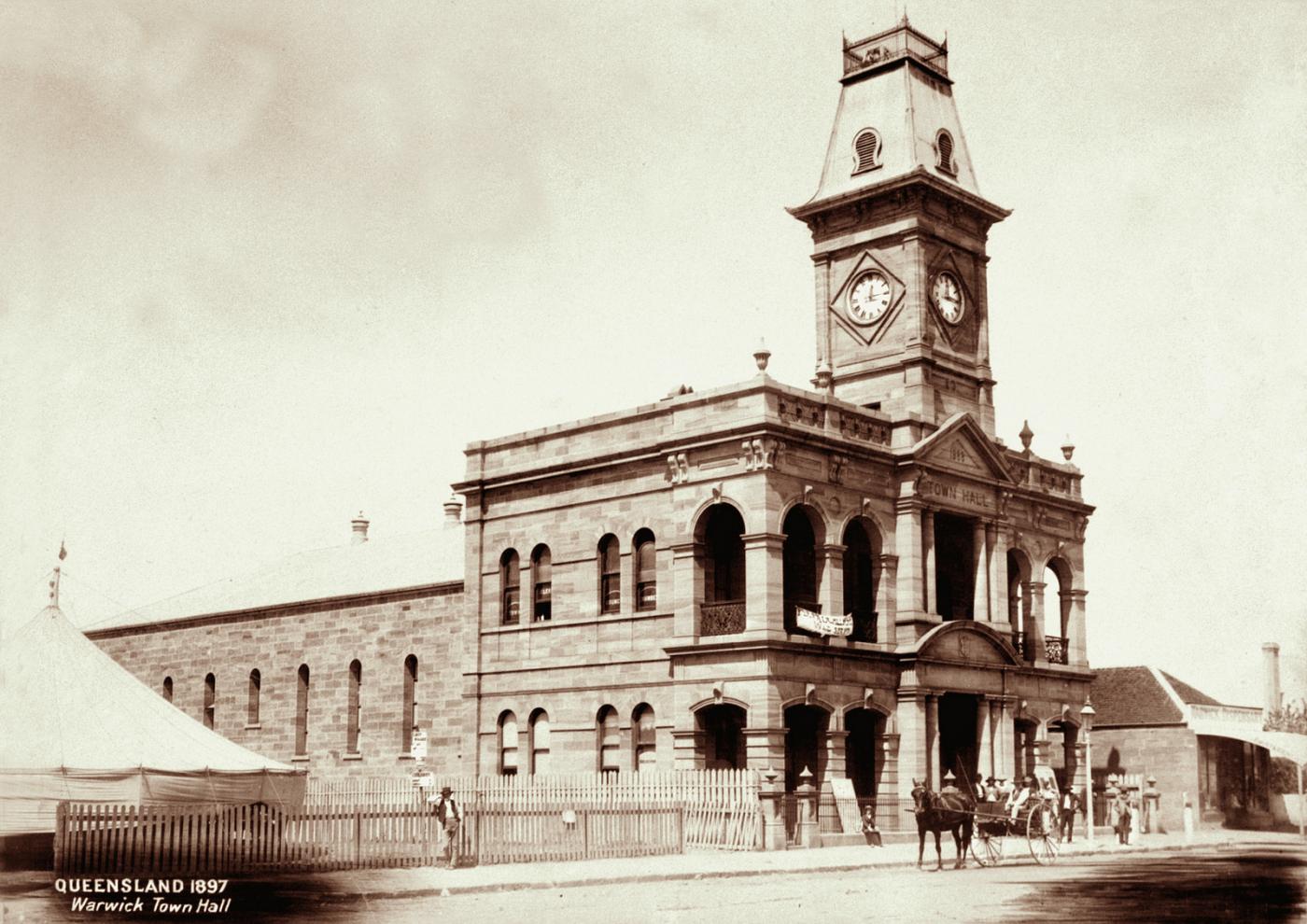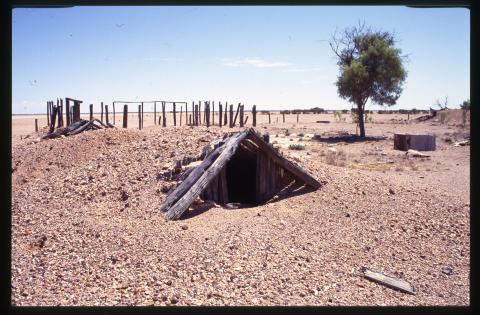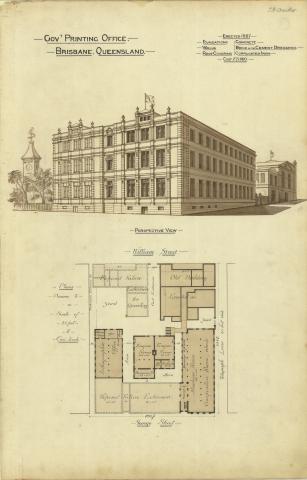
- News of the day
-
Warwick Examiner and Times, Wednesday 27 April 1898
A Bolt
A horse attached to a vehicle belonging to Mr T. 212, of Albion-street bolted on Saturday afternoon. After careering up Albion-street, the horse overturned and got rid of the vehicle at the Fitzroy-intersection. With the shafts hanging at his heels, the animal galloped along Palmerin-street, and several pedestrians had narrow escapes of being run over. Eventually the horse was secured.
- Background
-
Officially opened in October 1888, this sandstone building survives as evidence of the consolidation of Warwick as a business and administrative centre for the surrounding district during the late nineteenth century.
In 1861 the first Warwick Town Hall was established in a slab building at the northern end of Albion Street, which had been constructed in the early 1850s as Warwick's first Court House. In 1873 the Council purchased the Masonic Hall, a brick building in Palmerin Street, and this served as the Warwick Town Hall until imposing new premises were constructed in 1887.
A competition for the design of the new Town Hall was held in 1885, expenditure not exceeding £3 500. First place in the competition was won by Clark Bros, a partnership formed in Sydney in 1883 between architect brothers John J and George Clark; the design by Clark Bros coming closest to Council's budget. However it was the design of second place getter Willoughby Powell which although more costly, was eventually chosen for the new Town Hall.
Tenders for the building were called in 1887. Although tenders were called for brick and stone, Council accepted the tender of Michael O'Brien for a stone building, and the contract with O'Brien was signed in March 1887. Shortly after the commencement of construction, O'Brien advised the Council he was insolvent, and arranged for the firm of Stewart, Law and Longwill to take over the work. The foundation stone of the new Town Hall was laid in August 1887 by Lady Griffith, wife of then Premier of Queensland, Sir Samuel Walker Griffith. A bottle, sealed with the Corporation seal and containing a copy of a commemorative scroll, copies of the local papers and coins, was placed in a cavity in the stone.
A clock tower was not part of Powell's original design for the new Town Hall. In late 1887 however, it had been suggested that the building would be enhanced by the addition of a clock tower. At a meeting of ratepayers in December 1887, a vote was carried in favour of the addition of a tower which was subsequently incorporated into the building. The clock itself was not installed until c1892. As part of the striking apparatus, it is understood that the Council acquired a bell from St Mary's Church in Warwick which was eventually installed on the outside of the tower.
Courtesy of the Queensland Heritage Register
/152.0328466,-28.2147514,7/450x450@2x.png?access_token=pk.eyJ1IjoicXNhLWRpc2NvLXFsZCIsImEiOiJjamJmdTgyZXEyeWNjMnlxZm8xcmtieHgxIn0.lmT9J5tTPKGuuccQgCVSAg)



